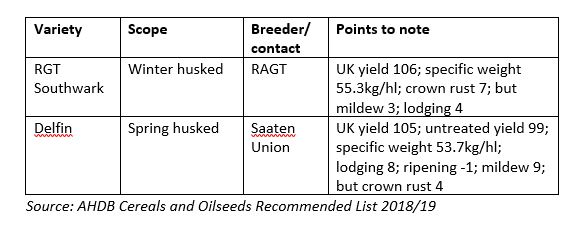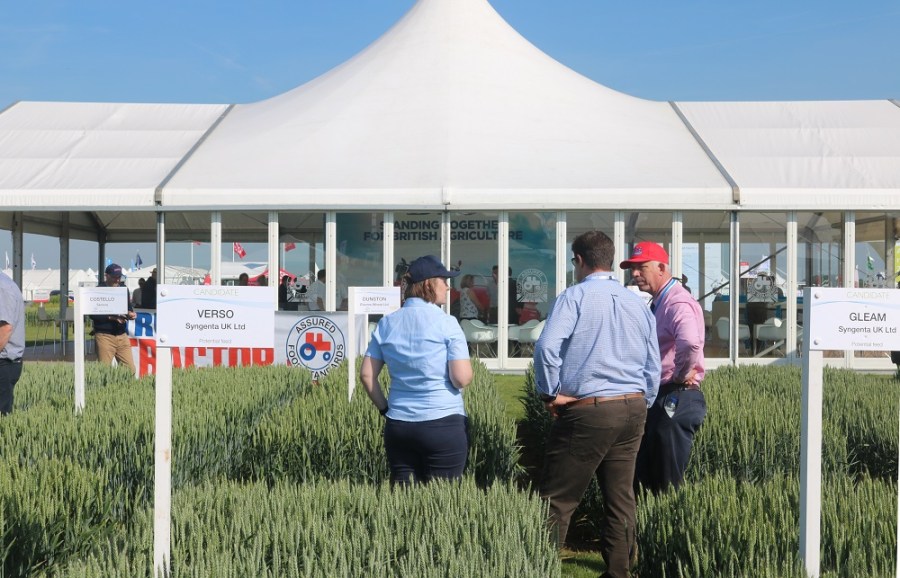AHDB has slimmed down its Recommended Lists, with winter oilseed rape seeing the biggest changes. CPM scrutinises what’s on and what’s not.
Lower bread milling premiums have created a competitive opportunity for Group 3s in the market.
By Tom Allen-Stevens
Barley growers are set to benefit most from the new AHDB Recommended Lists that were launched earlier this month. But the oilseed rape RL has seen its biggest shake-up in over a decade, with varieties now presented in one UK table.
A slimmer list overall, 27 varieties have been dropped with 22 new entrants. It’s been a relatively quiet year for wheats, with no new spring types and just five winter varieties added to an already bloated range of options.
What’s notable about the newcomers, apart from orange wheat blossom midge resistance, is that they’ve added to the list of soft types available, continuing the trend of new additions started last year. In particular, there’s a new Group 3 variety – Elicit from Elsoms.
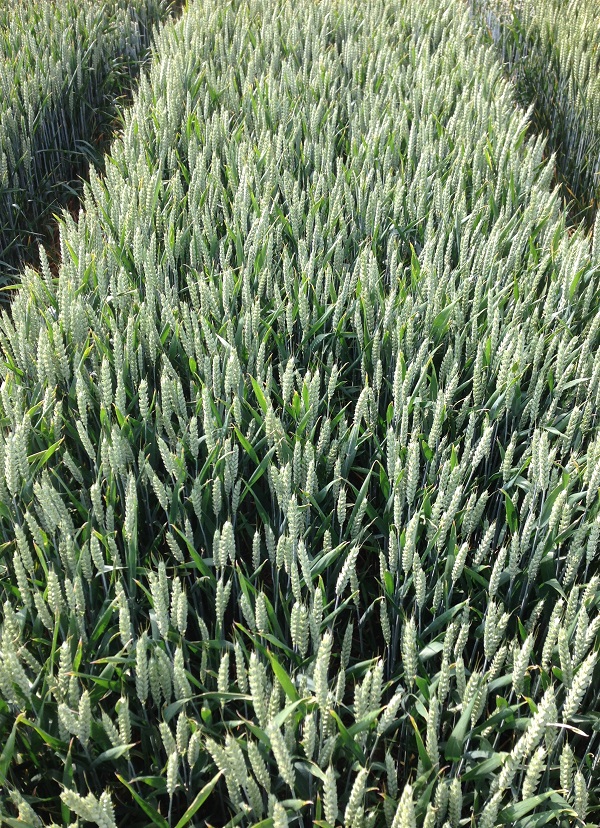
Hard Group 4 RGT Gravity now leads the winter wheat RL.
“The UK biscuit wheat area has become worryingly low in recent years,” comments AHDB’s Jenna Watts. “This has resulted in low supplies to the domestic and export markets. Generally lower bread milling premiums have created a competitive opportunity for Group 3s in the market.
“Elicit looks to be a real step forward for this market segment. It has a very high untreated yield and its Septoria tritici rating is the highest of all the Group 3 varieties. What’s more, it has good resistance to other diseases, including yellow rust and brown rust.”
Elsoms claims it has strong market support for Elicit. “We’ve been waiting for a Group 3 with Elicit’s characteristics for close to a decade now,” comments Paul Taylor at Agrii.
From the same stable comes soft Group 4 Elation, making Elsoms the only breeder to add two varieties to the wheat RL this year. Suitable for distilling and export, a septoria rating of just 4.7 may be worth noting, says Jenna.
Northern growers have yet another soft Group 4 with KWS Jackal now topping the line-up on yield, especially for the North. Rated medium for distilling, it has KWS Santiago in its parentage. “It yields well across a range of situations and soil types and also holds strong appeal to those in the east of England,” says breeder Mark Dodds.
New hard Group 4 RGT Gravity now tops the wheat list with a UK treated yield of 106. At 6.2, Syngenta’s Gleam has a relatively high septoria score, giving it an attractive untreated yield.
And it’s a fond farewell to Claire – the ground-breaking Group 3 joined the RL in 1999, and is believed to have earned more in royalties than any other UK wheat. Gallant, Britannia, Belgrade and Relay also leave the list.
No fewer than 13 varieties have been dropped to form a new, slimline winter OSR RL. Many growers will welcome the new layout that sees varieties recommended for the UK presented separate from the rest.
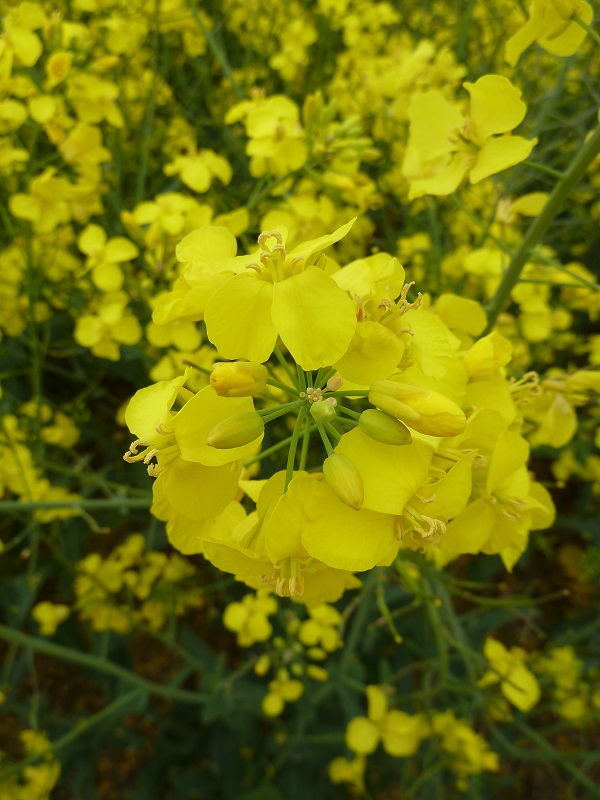
TuYV-resistant Architect replaces lower yielding Amelie.
Among these is Limagrain’s Architect, with a special recommendation for its resistance to turnip yellows virus (TuYV), which replaces Amelie. “While there is often a trade-off between disease resistance and increased yield, Architect marks a step forward in TuYV-resistant varieties,” notes Jenna.
The East/West RL has a shuffle, with Windozz now leading Elgar, but no newcomers, while four new conventional varieties now lead the North RL. Not much separates these on yield, and all score well for light leaf spot and stem stiffness, notes Jenna. Two of them – Elevation and Broadway – come from DLF, bred by Mike Pickford. Kielder’s new from Elsoms, and while these three fall down on their stem canker scores, KWS’ Butterfly has a super 7 with a 6 for LLS.
The clear-out of varieties has hit the E/W list hardest, with Harper and Fencer among nine varieties dropped, which means there’s no material on the RL from the InVigor brand, recently bought by BASF from Bayer. Troy also departs, while DK Explicit, DK Extentiel and PT234 leave the North RL.
A somewhat surprising omission from the RL is KWS’ Django, that has come through Candidate trials with a strong gross output across the UK and twin 6s for LLS and stem canker. “Given its performance, we were astonished and disappointed that the variety was not added to the RL,” comments KWS’ Julie Goult.
Exclusively distributed by United Oilseeds, the variety accounts for around 20,000ha of the plantings in 2017, or around 4% of the certified area. “The RL committee made the decision that there were four other high-yielding varieties that should join the RL,” says Jenna.
New to the barley RLs is a disease rating for ramularia. “This recognises the importance of the disease, and there’s now enough data available for its inclusion on the RL,” notes Jenna.
“The winter barley list gets three new six-row feed varieties. This group really does offer a lot of options, and all have a strong 7 for rhynchosporium,” she continues.
“For hybrid Belmont, it’s all about yield, but watch for the brown rust. Conventional variety KWS Astaire combines good treated yield with a superb package of disease resistance and achieves the highest untreated yield, not only of the six-row feed varieties, but of the whole winter barley RL.”
Like Meridian, KWS Astaire is a continental cross, says breeder David Harrap. “However, it’s not overtly early to start growing in the spring like some continental varieties.” It also has the lowest screenings of any variety on the RL, he adds, despite its low specific weight.
“Libra has an impressive specific weight at 70.6 kg/hl – that’s a real step forward for hybrid six-rows and is greater than most of the two-row feed varieties,” notes Jenna. Having served the list well since 2009, and introducing many growers to hybrid barleys, Volume is among the two varieties dropped.
Electrum and Coref, both from Syngenta, now lead the winter two-row malting barley varieties, and are currently under test for MBC (Malting Barley Committee) approval. Jenna notes Electrum for its high untreated yield, early maturity, with no obvious disease weakness. “Coref has the best rating for rhynchosporium of all the malting varieties on the list,” she adds.
Of the two, Electrum is likely to come to the market sooner, explains Syngenta’s Samantha Brooke. “There will be more Electrum seed available.”
Two new barleys from Limagrain now top the spring RL. LG Diablo is under test for brewing and malt distilling, while LG Tomahawk is a potential malt distilling type. “Both yield well, particularly in the North and East,” comments Jenna.
“RGT Asteroid is under test for brewing, malt and grain distilling, and while lower yielding, has a high specific weight. All three score well for mildew, based on limited data, although LG Tomahawk’s brown rust will need attention.”
Among casualties of a cull that saw five spring barleys removed were LG Opera and Dioptric, that were new on the RL last year.
New husked winter oat RGT Southwark combines high yields with a high specific weight and early ripening, she continues. Delfin from Saaten Union joins the spring list with a full recommendation. “With a high untreated yield, there’s the potential to lower inputs without affecting yield or quality,” she notes.
New winter OSRs at a glance

Source: AHDB Recommended List 2018/19 (provisional); N, E/W – Scope of recommendation limited to North or East/West; see http://cereals.ahdb.org.uk/varieties for full lists.
New winter wheats at a glance

New barleys at a glance
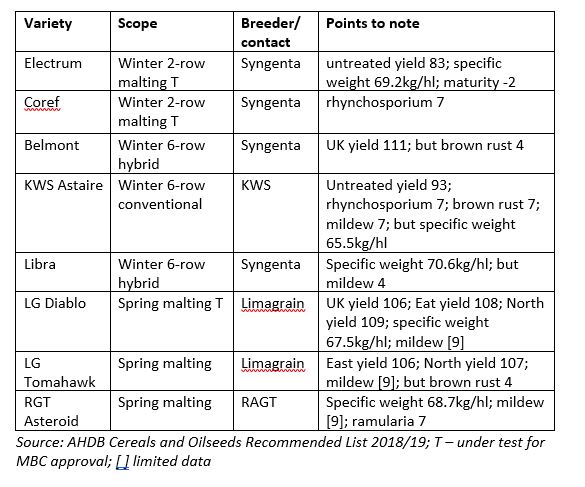
New oats at a glance
